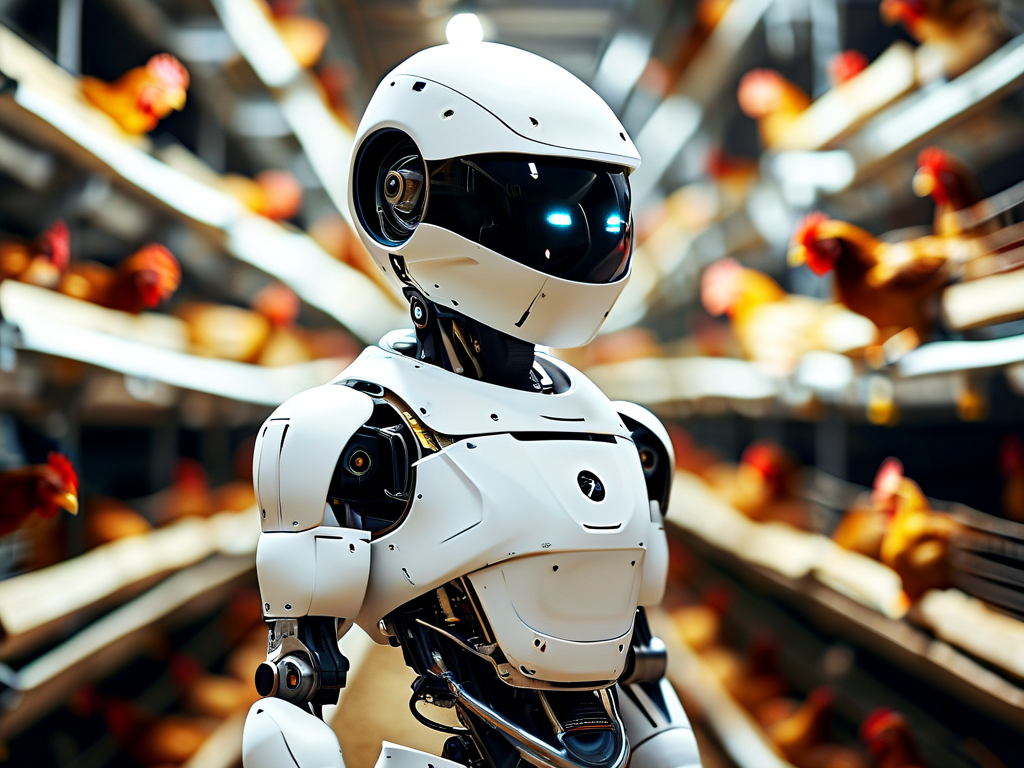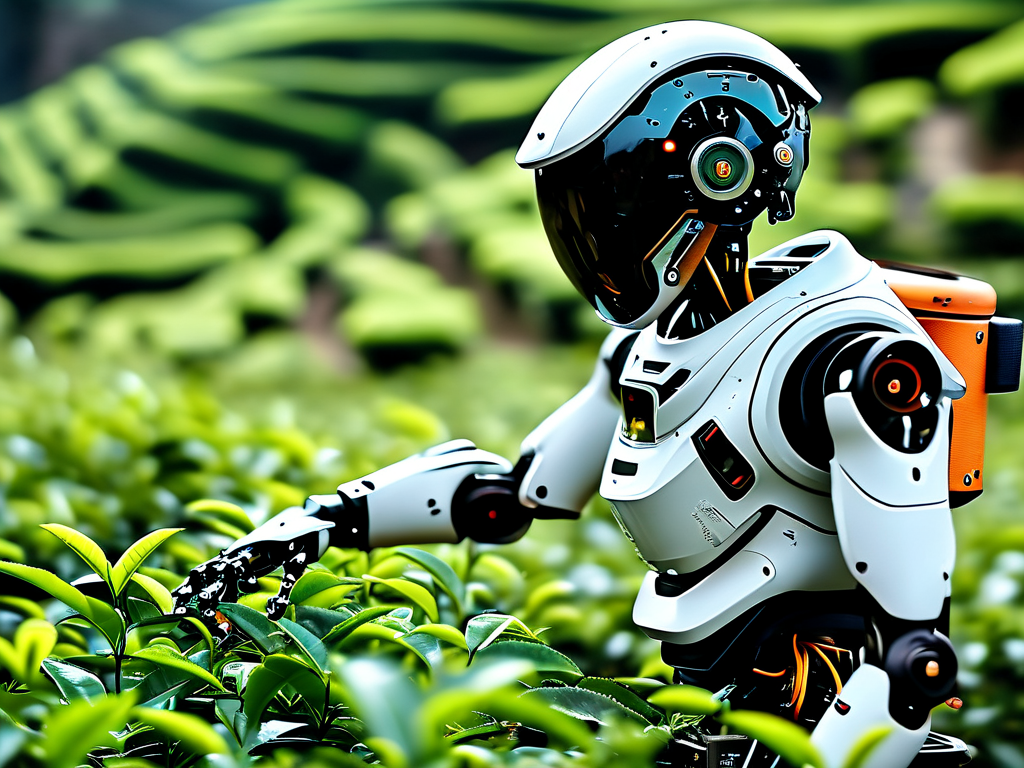The integration of robotics into poultry farming represents a groundbreaking shift in agricultural practices. By combining sensor networks, artificial intelligence, and precision mechanics, robotic chicken farming systems are redefining efficiency in egg production. This article explores the technical framework behind automated poultry management and its implications for modern agriculture.

At the core of robotic poultry farming lies a multi-layered monitoring system. Infrared cameras and weight-sensitive perches continuously track chicken behavior patterns, while environmental sensors measure air quality parameters such as ammonia levels, temperature fluctuations, and humidity variations. This data stream feeds into machine learning algorithms that identify correlations between environmental conditions and poultry health indicators. For instance, sudden changes in flock movement patterns detected through 3D vision systems may trigger alerts for potential disease outbreaks.
Automated feeding mechanisms employ dual verification technology to ensure operational accuracy. Robotic arms equipped with portion-control dispensers cross-reference inventory databases with real-time consumption rates. A single automated feeding unit can service 5,000 chickens with ±2% ration accuracy, significantly reducing feed waste compared to manual methods. The system's nutrient optimization module adjusts feed composition based on egg production analytics and seasonal requirements.
Waste management robotics utilize spatial mapping to maintain hygienic conditions. Self-navigating cleaning robots equipped with UV sterilization attachments operate during low-activity periods. These units employ simultaneous localization and mapping (SLAM) technology to chart coop layouts, adapting their cleaning patterns to different architectural configurations. Advanced models feature methane capture attachments that convert poultry waste into biofuel, demonstrating the system's potential for sustainable energy integration.
The egg collection subsystem combines computer vision with soft robotics. High-resolution cameras scan nesting areas to identify eggs meeting size and shell quality standards. Vacuum-assisted grippers with pressure sensitivity controls gently transfer eggs to sorting conveyors. This process reduces breakage rates to below 0.3%, outperforming human-operated systems by 40%. Integrated quality control scanners detect hairline cracks and internal defects using spectral analysis, automatically categorizing eggs into commercial grades.
Energy optimization plays a crucial role in system design. Solar-powered charging stations support mobile units, while heat recovery systems repurpose poultry body warmth for temperature regulation. Machine learning algorithms analyze historical energy consumption patterns to optimize equipment operation schedules, achieving up to 35% reduction in power usage compared to conventional poultry houses.
While the technology demonstrates impressive capabilities, implementation challenges persist. The initial investment for a robotic poultry system ranges between $120,000-$180,000 per 10,000-bird capacity, requiring careful ROI analysis. Technical maintenance demands specialized knowledge in both agricultural practices and robotics engineering, creating new workforce training requirements. However, early adopters report 22% increases in annual production yields and 18% reductions in operational costs within three years of deployment.
Future developments aim to enhance system interoperability. Experimental models are testing blockchain integration for supply chain transparency, allowing consumers to trace eggs back to specific robotic farming modules. Researchers are also exploring augmented reality interfaces for remote farm management, enabling operators to visualize flock health metrics through VR headsets.
The ethical implications of robotic poultry farming continue to spark debate. While automation improves living conditions through precise environmental control, some animal welfare advocates argue for incorporating behavioral enrichment modules. Emerging solutions include AI-driven entertainment systems that stimulate natural foraging behaviors through movable feed dispensers and interactive light patterns.
As global demand for protein sources intensifies, robotic poultry systems offer a scalable solution to traditional farming limitations. By merging agricultural expertise with cutting-edge engineering, this technology not only addresses food security concerns but also establishes new standards for sustainable livestock management. The ongoing refinement of these systems promises to reshape our approach to animal husbandry in the coming decade.


